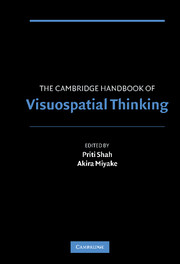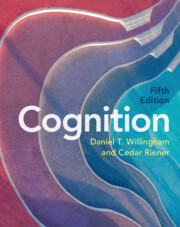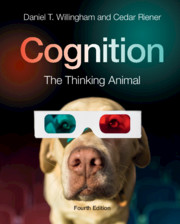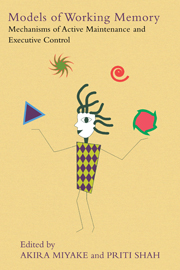The Cambridge Handbook of Visuospatial Thinking
The ability to navigate across town, comprehend an animated display of the functioning of the human heart, view complex multivariate data on a company's website, or to read an architectural blueprint and form a three-dimensional mental picture of a house are all tasks involving visuospatial thinking. The field of visuospatial thinking is a relatively diverse interdisciplinary research enterprise. An understanding of visuospatial thinking, and in particular, how people represent and process visual and spatial information, is relevant not only to cognitive psychology but also education, geography, architecture, medicine, design computer science/artificial intelligence, semiotics and animal cognition. The goal of this book, first published in 2005, is to present a broad overview of research on visuospatial thinking that can be used by researchers as well as students interested in this topic in both basic research and applied/naturalistic contexts.
- Overview of the interdisciplinary field of visuospatial thinking with 12 integrative chapters that are extensively cross-referenced
- These chapters focus on higher level visuospatial thinking and there are no other books that currently do so
- Balanced treatment of both basic and applied work
Reviews & endorsements
' … a wonderful book for anyone who subscribers to the cognitive psychology paradigm.' American Journal of Psychology
Product details
October 2005Hardback
9780521807104
580 pages
229 × 152 × 32 mm
0.94kg
75 b/w illus. 8 tables
Available
Table of Contents
- 1. Functional significance of visuospatial representations Barbara Tversky
- 2. Visuospatial images Daniel Reisberg and Friderike Heuer
- 3. Disorders of visuospatial working memory Robert Logie and Sergio Della Sala
- 4. Individual differences in spatial abilities Mary Hegarty and David Waller
- 5. Sex differences in visuospatial abilities: more than meets the eye Diane F. Halpern and Marcia L. Collear
- 6. Development of spatial competence Nora S. Newcombe and Amy E. Learmonth
- 7. Navigation Daniel R. Montello
- 8. Mapping the understanding of understanding maps Holly A. Taylor
- 9. Spatial situation models Mike Rinck
- 10. Design applications of visual spatial thinking: the importance of frame of reference Christopher D. Wickens, Michele Vincow and Michele Yeh
- 11. The presentation and comprehension of graphically-presented data Priti Shah, Eric G. Freedman and Ioanna Vekiri
- 12. Multimedia learning: guiding visuospatial thinking with instructional animation Richard E. Mayer.






